Time and age share the same forward trajectory. Though it might seem that neither time nor age carries a significant enough relevance to help you live free from the past. Furthermore, your past experiences could haunt you or impact you in unexpected ways. And you might not even realize it. The way you feel or react could catch you off guard. You might even have trouble identifying why you feel the way you do. Many people experiencing symptoms from Post-Traumatic Stress Disorder (PTSD) have that problem. If that's you, here's how your past and PTSD may be connected.
Who Is the Young Trauma Victim?
Childhood emotional neglect sounds like a very serious and intense experience. And it is. The thing about it is that it happens in little bits at a time, and it can be very subtle. Many people imagine neglect as withholding food or water from a child. While it certainly can be failing to provide the basics, it can also be a lot more. For instance, emotional neglect also includes not giving a child appropriate emotional support. This could mean failing to answer a child's cry for help, ignoring them when they were talking, or not validating their feelings. Overly critical parents or the absent parent also fail to provide emotional support. Many victims of emotional neglect often weren't hugged or shown physical affection. One of the most significant forms of childhood emotional neglect is the failure to form secure attachments. For one reason or another, a parent or caregiver isn't emotionally available for the child. In turn, that child goes about life with a shattered sense of trust because they weren't able to form a healthy attachment to the parent or caregiver.
When Flashbacks Debilitate
Those who face emotional neglect in their childhood often have developmental struggles. It can impact you so greatly that you may not have physically or cognitively developed properly. On the other hand, you may have appeared perfectly normal on the outside all the way to adulthood. It's on the inside where you most likely feel abnormal. But, eventually, these unseen effects slowly begin to overflow into other areas. Certain situations, turn of phrases, or even smells could trigger what are known as "flashbacks." You may feel like you did as a child during these flashback moments. Feelings of worthlessness or anger are common ways people with PTSD react when experiencing those flashbacks. Moreover, flashbacks have a way of interfering with your relationships, too. When you weren't able to form an attachment to your parents or caregiver, it conditioned you to approach all other relationships the same way. That's why, throughout your life, you may have always felt distant or detached from people. In short, flashbacks are a key element in identifying PTSD and many survivors of childhood emotional neglect experience them.
How the Trickle Qualifies as PTSD
Professionals used to believe that a diagnosis of PTSD was only fitting for those individuals who had an intense emotional response to the traumatic event. This meant that a person had to go through a jolting and extreme event to trigger PTSD symptoms. But childhood neglect is more like a trickle or continuous little drops. Kind of like a faucet that never turns off. Eventually, it overtakes you like a flood, but it doesn't happen all at once. Yet, at the same time, victims of childhood emotional neglect display many of the same symptoms as those experiencing PTSD—avoidance, a negative outlook of the world, and feeling detached from other people. As mentioned before, flashbacks are also a key symptom. Today in the field of mental health care, the ongoing trickle of childhood emotional neglect now qualifies as a cause for PTSD. In fact, the two are connected in a cause and effect sort of relationship that can have a an impact for many years. If you'd like to learn more about the connection between children emotional neglect and PTSD, please contact me for your 30-minute complimentary consultation. Together, we can uncover the hidden causes for why you feel the way you do and find a way to empower you to reclaim your life.
wh










































